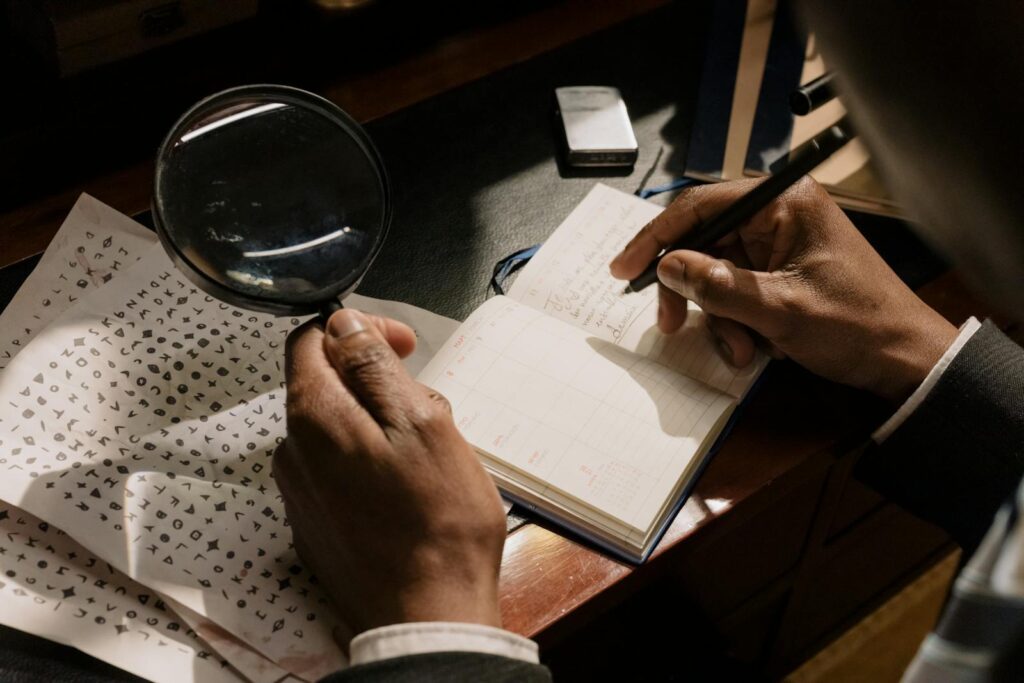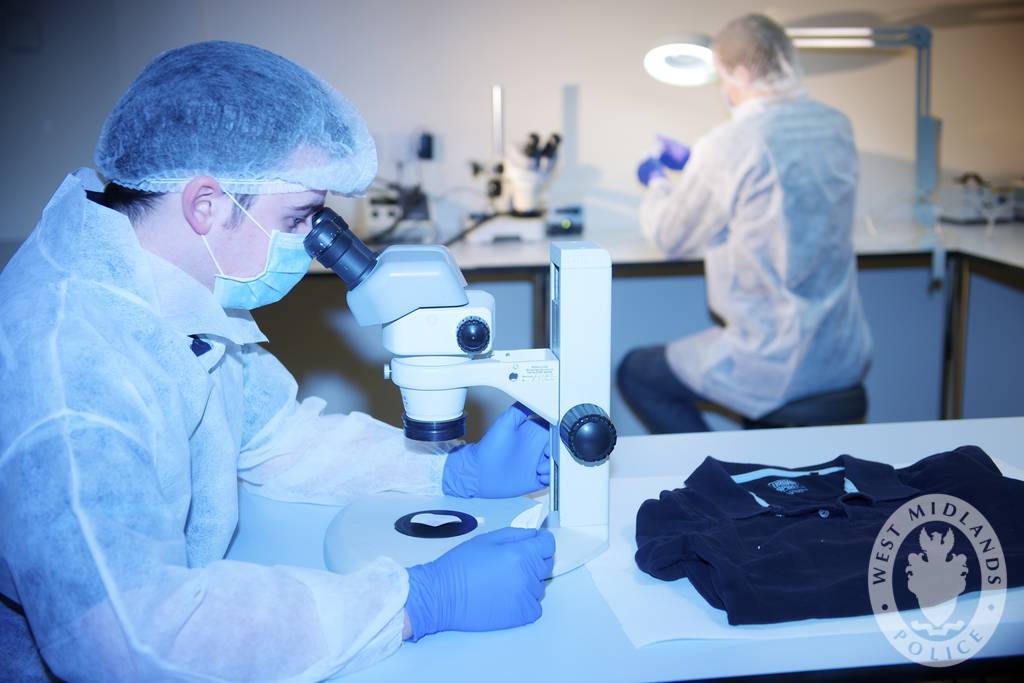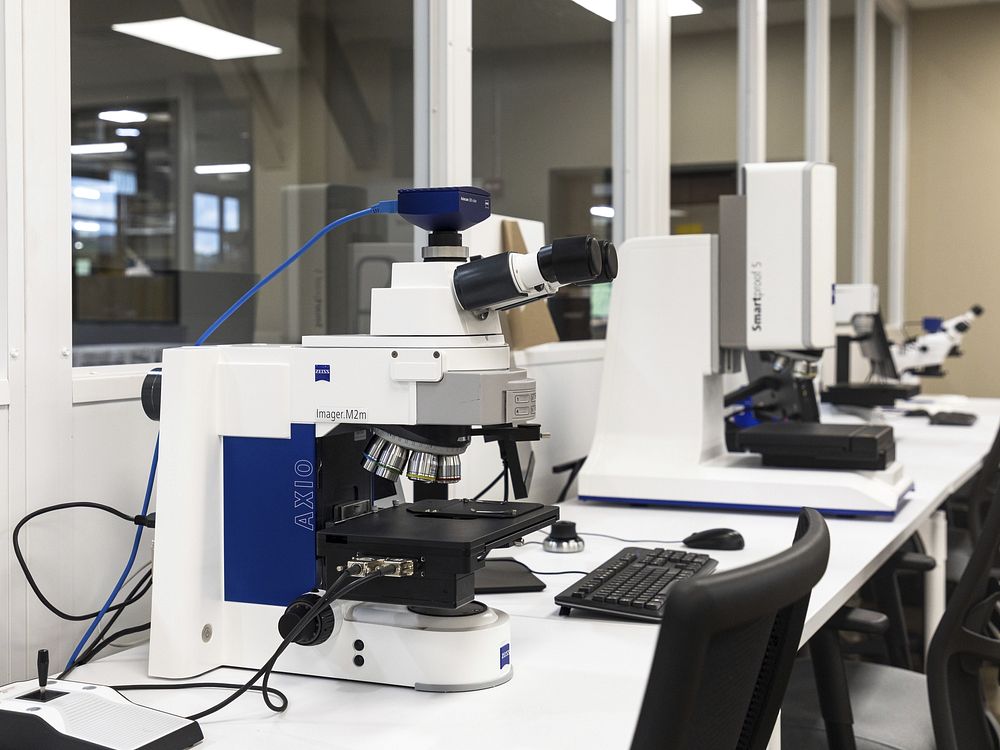Now Reading: Laws relating to Forensic Science Admissibility in Indian Laws
-
01
Laws relating to Forensic Science Admissibility in Indian Laws

Laws relating to Forensic Science Admissibility in Indian Laws
Forensic science is the application of various disciplines of science to legal matters. It is accountable for providing facts and evidence to the court of law for deciding the culpability or the other way around of the suspects and offenders. Though it is the only efficient device for combat, that can be used by the law enforcement agencies, in most real-life scenarios, the court gives more prominence to non-scientific and non-factual evidence. CITATION DrS l 16393 (Shali)
Admissible evidence is that kind of evidence that cannot be objected or dismissed on the basis of any non-substantial or irrelevant arguments and statements. It could be holding a potential or a probative value in the court of law. CITATION DrU14 l 16393 (D, 2014)
Evidence has to be authentic, complete, reliable and believable in order to be admissible in the court of law.
In the Indian law context, laws related to Forensic Science are more numbered in the Indian Evidence Act (IEA), compared to Code of Criminal Procedure (CrPC) and Indian Penal Code (IPC).
The Indian Evidence Act contains rules, regulations and legislations regarding the admissibility of scientific evidence in the court of law. This act is classified into 3 parts with a total of 11 chapters.
i. The first part deals with relevancy of facts. It has 2 chapters.
ii. The second part has chapters 3 to 6 and each has its own peculiarity. Chapter 3 describes about facts that need to be proved before the court of law. Chapter 4 deals with oral evidence. Chapter 5 gives in details of documentary evidence and Chapter 6 provides you with circumstances where documentary evidence has or should be given preference over oral evidence.
iii. The third part has chapters 7 to 11. Chapter 7 gives importance to burden of proof and how important it is to prove evidence and facts. Chapter 8, 9, 10 talks about estoppels, witnesses and examination of witness respectively. The final Chapter 11 defines improper admission and rejection of evidence. CITATION Par l 16393 (Pareek)
Forensic Science is admissible in Indian law considering the IEA, within 4 aspects: Witness, Admission, Facts and Circumstantial evidence. Here are superficial details of some widely known laws that make forensic evidence admissible in the court of law:
Most important and widely known aspect of Forensic Science is DNA and it’s testing. There is no official legislation passed w.r.t. to DNA testing in the Indian constitution, but Sec 53 and 54 of CrPC deals with examination of alleged person by a certified medical practitioner on reasonable grounds of inquest. CITATION Ari l 16393 (Datta)
Sec 293 of CrPC lists some Government Scientific Experts for the admissibility of expert opinion in the court of law. The expert is examined as a witness for his/her opinion to be valid after cross contamination. Also Sec 45 of IPC provides relevancy to expert opinion in any field of expertise in forensic science, to help the court in framing judgements considering technically complicated and sophisticated matters. CITATION Deb l 16393 (Roy)
Forensic Toxicology has been the most active branch of Forensic Science where separate acts were introduced amending the existing laws and legislations. Sec 272 to 278, Sec 284, Sec 328 of IPC deals with poisoning. Along with general description of poisons, corrosive substances, adulterants, chemicals and medico-legal aspects, there are acts like:
· The Poison Act (1990)
· Drugs and Cosmetics Act (1940)
· Narcotic Drugs and Psychotropic substance (NDPS) Act (1985)
· The Pharmacy Act (1948)
· The Drug control Act (1950) CITATION DrM l 16393 (Dr. Mrs. Vimal Rarh)
Another commonly heard term w.r.t. Forensic Science is fingerprints. According to Sec 73 of IEA any person is compelled to give his/her fingerprints on orders from the court. The Supreme Court has given special mention that this section isn’t a violation of their fundamental rights. CITATION Leg18 l 16393 (Legal Desire, 2018) Sec 5 and 6 of Identification of Prisoners Act has the same context and allows acquiring thumb impressions and handwriting samples. It also declares that these shall not be used against the person as personal testimony. CITATION Vas l 16393 (Vasudha)
Forgery, fraudulence and cheating are quite common in current scenario and are gaining momentum to be the commonly occurring white-collar crimes. Indian laws have defined every term related to crimes related to documents.
· Sec 29 of IPC defines document.
· Sec 29A of IPC defines electronic records.
· Sec 463 of IPC and Sec 44 of IEA defines forgery.
· Sec 420 of IPC defines cheating and Sec 417 defines punishment for the same.
CITATION For l 16393 (Forged documents)<!– [if supportFields]><![endif]–>
· Sec 47 of IEA is for handwriting opinion and elaborates the circumstances under which the handwriting expert shall consider it to be a disputed handwriting.
· Sec 67 of IEA gives details of methods of how a signature in a document should be proved.
CITATION Him16 l 16393 (Setia, 2016)
Though it’s been neglected from a quite long time, psychology plays an important part in legal proceedings and Forensic Psychology is very crucial in the processing of a case. There are 3 specific laws related to admissibility of forensic psychology in court of law.
· Sec 84 of IPC is related to an act of a person of unsound mind.
· Indian Lunacy Act (1912) was introduced to amend laws related to lunacy and define certain terms.
· The Mental Health Act (MHA) (1987) was enacted for improving hospitality and treatment towards mentally ill people keeping in mind to protect the human rights of individuals.
Indulgence of Forensic Psychology in court proceedings help in assessment of mental condition, prediction of violence and risk-management, assessment of child custody in divorce and competency to stand trial. CITATION Dee l 16393 (Deepika Bhandari)
Wildlife crimes are yet another commonly occurring crime, but are least noticed. It is because they take place at remote locations devoid of any witness and surveillance. The Wildlife Protection Act (1972) places stringent restrictions on trade for protection and conservation of wildlife and the schedules of this act are dedicated to wildlife forensics in specific and protocols to be followed. CITATION Sum18 l 16393 (Swami, 2018)
CITATION Dil14 l 16393 (Dilpreet B Chhabra, 2014)<!– [if supportFields]><![endif]–>
Entering into the new millennium of 2000s, there was global advancement in fields of science and technology and criminal activities took a new dimension. It was necessary for the law to be updated with necessary amendments. It was the beginning of the era of cyber crime. Information and Technology (IT) Act (2000) was enacted to provide legislation in the booming cyber space. The second schedule of this act specifically deals with computer crime in India.
· Sec 2(t) of IT act defines electronic data.
· An amendment in IT act in 2008, gives importance to communication devices under Sec 2(ha).
Few terms were foreign to the Indian law and they needed proper definitions. Expressions like ‘digital signature’, ‘certifying authority’, ‘electronic record , ‘secure network’ and ‘subscription’ had their meanings assigned clearly while preparing the IT act in 2000. CITATION Sam l 16393 (Samarth)
In the recent days, with the increase in awareness and vigilance, most criminal investigation investigations and trials are relied upon forensic science for standard protocols and proper proceeding of the cases. Forensic science is still not known to everybody and people lack awareness about it. The existing laws and amendments allow forensic evidence to be admissible in the court of law. Evidence shall be cross examined and accepted by the court based on the admissibility standard as mentioned in the law books. In the future, there shall be amendments made and laws introduced considering the contemporary crime scenario and technological advancements.
REFERENCES
- 16393 (2018, August 07). Retrieved from Legal Desire: https://legaldesire.com/applicability-of-forensic-science-in-criminal-justice-system-in-india-with-special-emphasis-on-crime-scene-investigation/
- D, D. U. (2014). Medico-Legal Aspects in the Admissibility of Scientific Evidence. International Journal of Innovative Science, Engineering & Technology .
- Datta, A. (n.d.). Legal Service India. Retrieved from Forensic Evidence : the legal scenario: http://www.legalserviceindia.com/article/l153-Forensic-Evidence.html
- Deepika Bhandari, T. B. Forensic Psychology. e-Pathashala.
- Dilpreet B Chhabra, R. B. (2014). Illegal Wildlife Trade in India. WWF India .
- Dr. Mrs. Vimal Rarh, M. M. Forensic Toxicology. e-Pathashala.
- Forged documents. In A Forensic Guide for Crime Investigators. NICFS.
- Pareek, V. Legal framework for Digital Forensics- I:Indian Evidence Act 1872 and amendments. Mahatma Gandhi Central University.
- Roy, D. (n.d.). Legal Service India. Retrieved from Expert opinion and admissibility: http://www.legalservicesindia.com/article/1583/Experts-Opinion-and-its-admissibility-and-relevancy—Law-of-Evidence.html
- Samarth. (n.d.). Legal Service India. Retrieved from Cyber forensics and electronic evidences: http://www.legalservicesindia.com/article/975/Cyber-Forensics-&-Electronic-Evidences:-Challenges-In-Enforcement-&-Their-Admissibility.html
- Setia, H. (2016). Evidentiary Value of Forensic Reports in Indian Courts. Research Journal of Forensic Sciences .
- Shali, D. S. (n.d.). Applicability of Forensic Science in Criminal Justic System in India with emphasis on Crime scene investigation.
- Swami, S. V. (2018). CPR Environmental Education Centre. Retrieved from http://cpreec.org/32.htm
- Vasudha. (n.d.). Legal Service India. Retrieved from http://www.legalserviceindia.com/legal/article-2463-fingerprints-a-forensic-tool-for-criminal-investigation.html#:~:text=Indian%20Evidence%20Act%2C%201872&text=S.,not%20included%20in%20the%20section.









